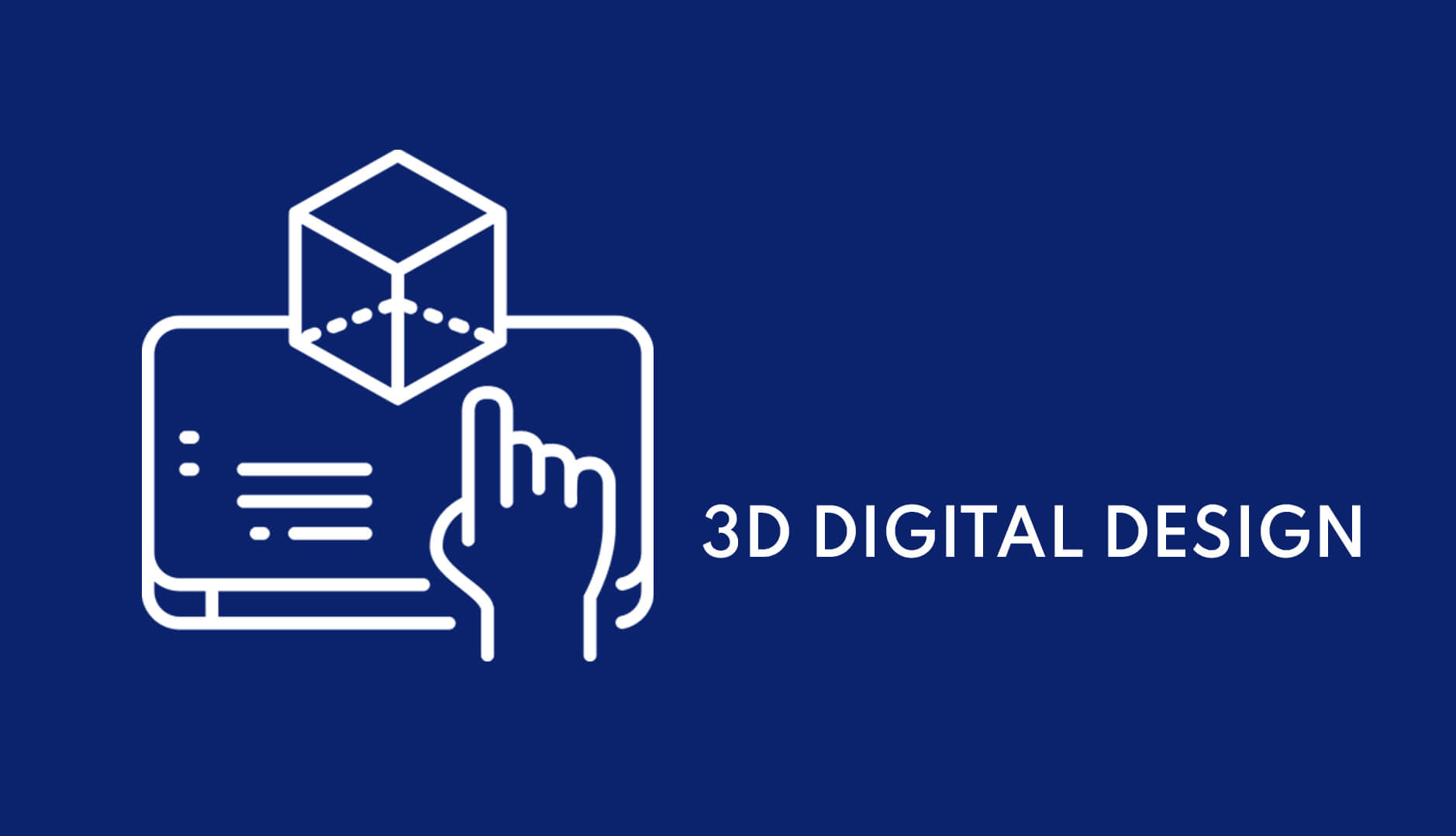Fashion 4.0
As the needs of consumers shift and change, so do the needs of manufacturing companies. Technology has been continually advancing since the Industrial Revolution, and the modern mode of production has become centred around technology and interconnected networks. Consumers are demanding higher quality products and faster production speeds now more than ever, but manufacturing companies have been able to stay ahead. It’s all due to the advancements of Industry 4.0, the new era of production. This guide will take us through what it means to be in the Industry 4.0 period, how it affects manufacturers in the apparel industry, its benefits.
Throughout history, people have always been dependent on technology. The technology of each era might not have the same shape and size as today, but for their time, it was certainly something for people to consider.
People would always use the technology available to help make their lives easier and try to perfect it to bring it to the next level. This is how the concept of the industrial revolution began. Right now, we are going through the fourth industrial revolution, Industry 4.0.
What is Industry 4.0?
Each evolution has brought on improvements by way of new technologies, systems, and advancements in manufacturing. From the beginning stages of mass production to the modern era and beyond, every method has been enhanced in some way. The four periods in manufacturing history so far are:
- The first Industrial Revolution 1765.
- The second Industrial Revolution 1870.
- The Third Industrial Revolution 1969.
- Industry 4.0.
The first Industrial Revolution 1765
The first industrial revolution followed the proto-industrialization period. It started at the end of the 18th century to the beginning of the 19th. The biggest changes came in the industries in the form of mechanization. Mechanization was why agriculture started to be replaced by industry as the backbone of the societal economy.
At the time, people witnessed massive extraction of coal along with the significant invention of the steam engine that created a new type of energy that later on helped speed up the manufacturing of railroads, thus accelerating the economy.
The second Industrial Revolution 1870
Following the first Industrial Revolution, we saw the world go through the second almost a century later. It started at the end of the 19th century, with massive technological advancements in industries that helped the emergence of a new source of energy—electricity, gas, and oil.
This revolution resulted in the creation of the internal combustion engine that started to reach its full potential. Other important points of the second industrial revolution were the development of steel demand, chemical synthesis, and methods of communication such as the telegraph and the telephone.
Finally, the inventions of the automobile and the plane at the beginning of the 20th century are the reason why, to this day, the Second Industrial Revolution is considered the most important one!
The Third Industrial Revolution 1969
Another century passes, and we bear witness to the Third Industrial Revolution. In the second half of the 20th century, we see the emergence of yet another source of untapped energy - nuclear energy.
The third revolution brought forth the rise of electronics, telecommunications, and, of course, computers. The third industrial revolution opened the doors to space expeditions, research, and biotechnology through the new technologies.
In the world of the industries, two major inventions, Programmable Logic Controllers (PLCs) and Robots helped give rise to an era of high-level automation.
Industry 4.0
For many people, Industry 4.0 is the fourth Industrial Revolution, although a large portion of people still disagrees. If we were to view Industry 4.0 as a revolution, we would have to admit that it is a revolution happening now. We are experiencing it every day, and its magnitude is yet unknown.
Industry 4.0 started at the dawn of the third millennium with the one thing everyone uses every day—the Internet.
We can see the transition from the first industrial revolution rooted in technological phenomena to Industry 4.0 that develops virtual reality worlds, allowing us to bend the laws of physics.
Currently, the manufacturing industry relies on the same information technology, but with many more improvements. It focuses on creating digital connectivity and full integration of production processes with hardware and software. Industry 4.0 enhances the foundation of 3.0 with autonomous systems fuelled by data and machine learning, lessening the need for intensive human involvement and creating smart factories.
While Industry 4.0 is the current period in the evolution of manufacturing, it will always continue to grow and change. It’s important to keep up with the shifting trends and make sure your company can adapt to the new modes of production. If we resist the changes, we will miss out on the many benefits that come with each new development.
All of these benefits apply to specific areas of Fashion manufacturing as well, such as the apparel, fashion, and footwear industries. In a general sense, the manufacturing innovations brought on by Industry 4.0 allow companies to optimize their existing systems and grow to create more efficient processes and prepare themselves for Fashion 4.0
More specifically, Fashion 4.0 can turn the concept of affordable mass customization into reality. By reimagining a more organized production workflow, focusing on creating a more modular system, and improving cost-effectiveness, businesses can achieve such an ideal. Several companies have already put it into play with experimental trials.
There are many forms of advanced digital technologies that come into play with a custom clothing or footwear company. Some of the tools include:
- Augmented reality and computer vision for fitting and design
- Thermal imaging for niche uses
- Artificial intelligence for shop floor operations
- Machine learning for logistics
- 3D printing and knitting for producing personalized garments
- Robotics for packaging and distribution
These tools are just some of what makes the fashion industry capable of creating individualized articles of clothing for consumers. And the production methods lend themselves to efficient production — completely custom items produce zero waste materials, making it a lean practice by default. In the near future, the increasing number and efficiency of smart factories will make ordering bespoke clothing easy and common.
How Apparel Manufacturers Can Prepare for Fashion 4.0
While keeping up with the hardware and software trends of Industry 4.0 can be highly beneficial to your apparel business and transform you to Fashion 4.0, you just need to know where to start. You can’t just start to implement new forms of software and devices in your current system without considering what foundations you have set up and how you should go about advancing them.
Apparel manufacturers can prepare their systems by:
- Redirecting internal IT: Rather than keep an IT team to deal with on-site software and hardware issues, get rid of the issues at the root. Change your focus to innovative off-site systems, where you can host all your data in the cloud. It’s a beneficial switch that’s more compatible with other Industry 4.0 systems.
- Implementing an IoT network: An IoT network is a complex ecosystem of machines, devices, and software, and requires advanced programming skill sets. Programmers who have the know-how to set up an IoT network are not easy to come by. You need to prepare in advance with all the correct working pieces and a knowledgeable team.
- Having patience and drive: While the changes may seem fast-paced, it’s important to remember that no one can make a total shift overnight. Most manufacturers cannot facilitate switching from a human-powered system to a majority computer-run in a short time span. Ease into the process and take it at a comfortable pace so you don’t miss any opportunities or overlook details. However, waiting too long or getting held up can be a competitive disadvantage if you fall behind.
- Integrating pre-existing systems: Use what you already have to your advantage. Business systems like Computer-Aided Drafting (CAD), Computer-Aided Manufacturing (CAM), Enterprise Resource Planning (ERP), Manufacturing Execution Systems (MES), and Product Lifecycle Management (PLM) are all compatible with the goals of Industry 4.0. Focus your internal resources on implementing necessary innovations rather than replacing systems that will already work with your updated processes.
With the right frame of mind and clear goals, apparel manufacturers of all sizes can easily lay the groundwork for new and improved systems. Fashion 4.0 can be a total game-changer for underdogs, boosting them with a competitive edge, and manufacturers of all sizes are bound to benefit from creating the right foundation.
To enable your company to adopt Fashion 4.0, crossingfashion.io provides a Business to Business Digital Fashion Platform, where you can digitize all your products and showcase to a global audience, receive requests for quotes, provide on-demand digital samples, help them complete their speed-to-market purchase through “See Now – Buy Now” or fulfill their customized order through “Made-to-Order.








